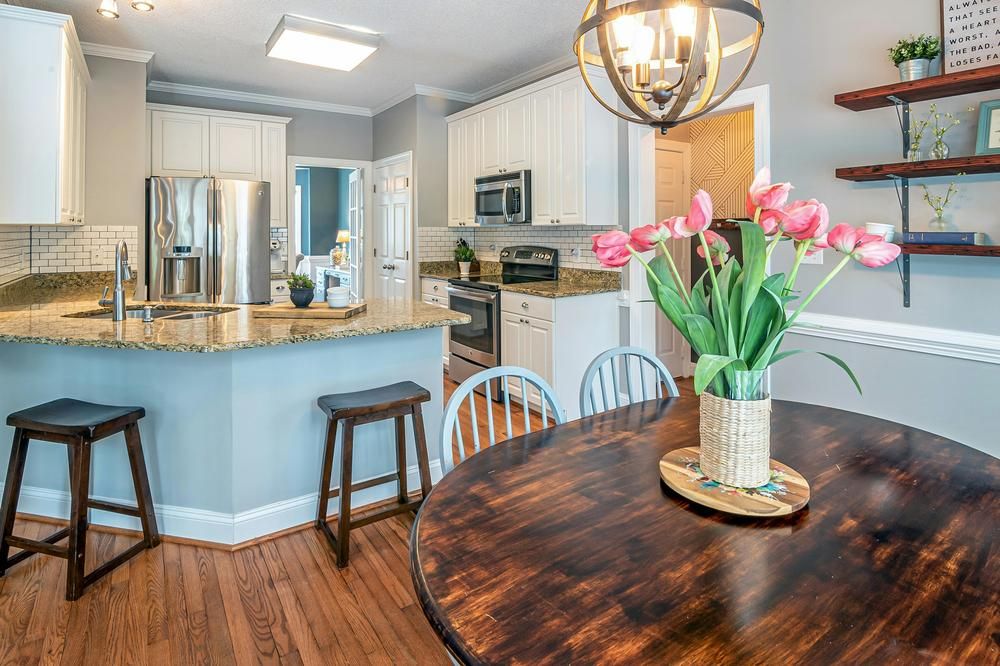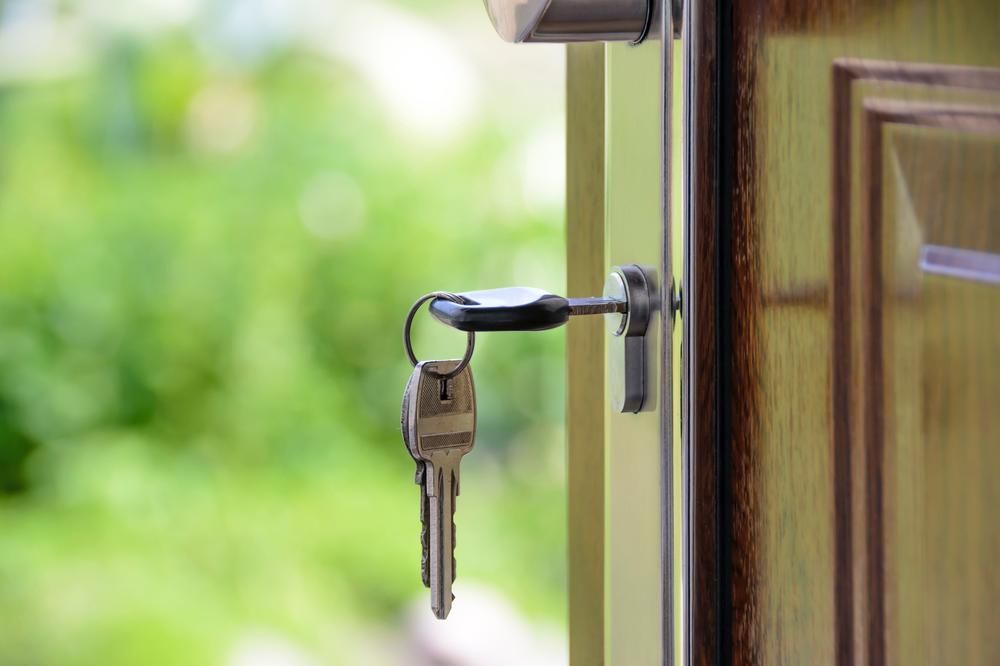Spring is a bustling time for home sales in Northcentral PA, and if you’re considering selling your property, you’re not alone. With all the activity in the air, one question many sellers grapple with is: How do I price my home right?
The right price can truly make or break your sale. If you set your price too high, you risk deterring potential buyers. Conversely, pricing too low might mean leaving money on the table. Let’s explore how to find that sweet spot—where your home sells quickly and for a fair price.
Understand the Current Market
First things first: What’s happening in the Northcentral PA housing market this spring? Interest rates are still playing a significant role. While they have dipped slightly from the highs we saw last year, they remain at a level that makes buyers cautious. However, many are still eager to secure a purchase before rates shift again.
Let’s talk about inventory levels. In areas like Williamsport and Lock Haven, the number of homes for sale has fluctuated. For instance, Williamsport saw a slight increase in inventory compared to last spring, with around 150 active listings in early March 2025. If you’re in a neighborhood with fewer homes for sale, you may have a competitive edge. On the flip side, with more listings, pricing your home competitively becomes even more vital.
Another economic factor weighing on everyone’s minds is the impact of tariffs. For sellers and buyers in Northcentral PA, understanding how tariffs contribute to inflation and mortgage rates is becoming increasingly important. Keeping an eye on these connections could provide insights into buyer behavior and market conditions.
The Role of Seasonality
Spring isn’t just a popular time for buyers; it’s also when sellers tend to flood the market. Homes generally look more appealing with the blooming flowers and mild weather, which means you’ll face more competition. Getting your pricing right from the start can give you a solid advantage.
Buyers tend to be more emotional in the spring, imagining their future summers spent in a new home. Make sure your property is in its best possible condition for showings to capitalize on this emotional drive.
Get a Comparative Market Analysis (CMA)
A Comparative Market Analysis, or CMA, is a crucial tool for determining your home’s value. We’ll compare recent sales of similar homes in your neighborhood—like those in Montoursville or Selinsgrove—to see where your property stands. Factors like square footage, condition, age, and upgrades will all come into play.
Keep in mind that homes that sold six months ago may not accurately reflect today’s market. The influx of new buyers and shifts in demand during spring can lead to changes in pricing. Make sure your agent is pulling real-time data. If you need an accurate CMA with the latest market stats, just reach out.
Think Like a Buyer
This one can be tough, but try to view your home through a buyer’s perspective. You might adore that custom kitchen backsplash or the cozy reading nook you created, but will potential buyers appreciate those features as much as you do?
Buyers often compare multiple properties and are on the lookout for value. If a similar house in your neighborhood has a newly remodeled bathroom while yours does not, pricing yours a bit lower might be the smarter move.
Don’t Overprice “Just to See”
It’s tempting to aim high, hoping buyers will negotiate down. However, overpricing often leads to homes sitting on the market longer. The longer your home lingers, the more buyers start to question what’s wrong with it.
If you’re not seeing interest within the first couple of weeks, it might be time to reassess your price. We can gather feedback from showings and identify patterns—if buyers love the layout but hesitate at the price, that’s a clear signal.
Factor in Your Goals
Are you looking for a quick sale so you can move into your next home? Or are you willing to wait for the highest possible offer? Your pricing strategy should reflect your priorities.
If speed is your top concern, pricing slightly below market value can stimulate competition and potentially kickstart a bidding war. Conversely, if you’re not in a hurry, you might have room to price higher and negotiate.
Consider Recent Upgrades and Repairs
If you’ve recently renovated your kitchen, added a deck, or updated the roof, these improvements can enhance your home’s value, although they may not always yield a dollar-for-dollar return. Renovations like kitchens and bathrooms tend to offer higher returns than other updates. Be sure your agent factors these into your pricing strategy.
On the other hand, if your home has outdated features or deferred maintenance, buyers will likely expect a lower price. Taking care of minor repairs and touch-ups before listing can help avoid lowball offers.
Monitor Neighborhood Trends
Keep an eye on what’s happening in your neighborhood. Are homes selling quickly? Are there multiple offers? Or are properties sitting for weeks with price reductions?
We’ll help you analyze these trends and determine whether it’s best to price on the higher or lower end of your range.
Be Prepared to Negotiate
Stay calm, be flexible, and work with your agent to find common ground. A well-negotiated sale can benefit both parties.
Stay Flexible
Even with careful planning, the market can shift. Perhaps a competing home in your neighborhood drops its price, or buyer demand suddenly increases. Be open to adjusting your price if necessary.
Your agent is an invaluable resource for monitoring trends and advising you on any adjustments that could help your home sell faster.
Final Thoughts
Pricing your home isn’t an exact science, but it’s not a guessing game either. By understanding market conditions, thinking like a buyer, and collaborating with a knowledgeable agent, you can confidently set a price that aligns with your goals.
If you’re ready to take the next step, reach out for a personalized pricing strategy tailored to your home and your objectives.






